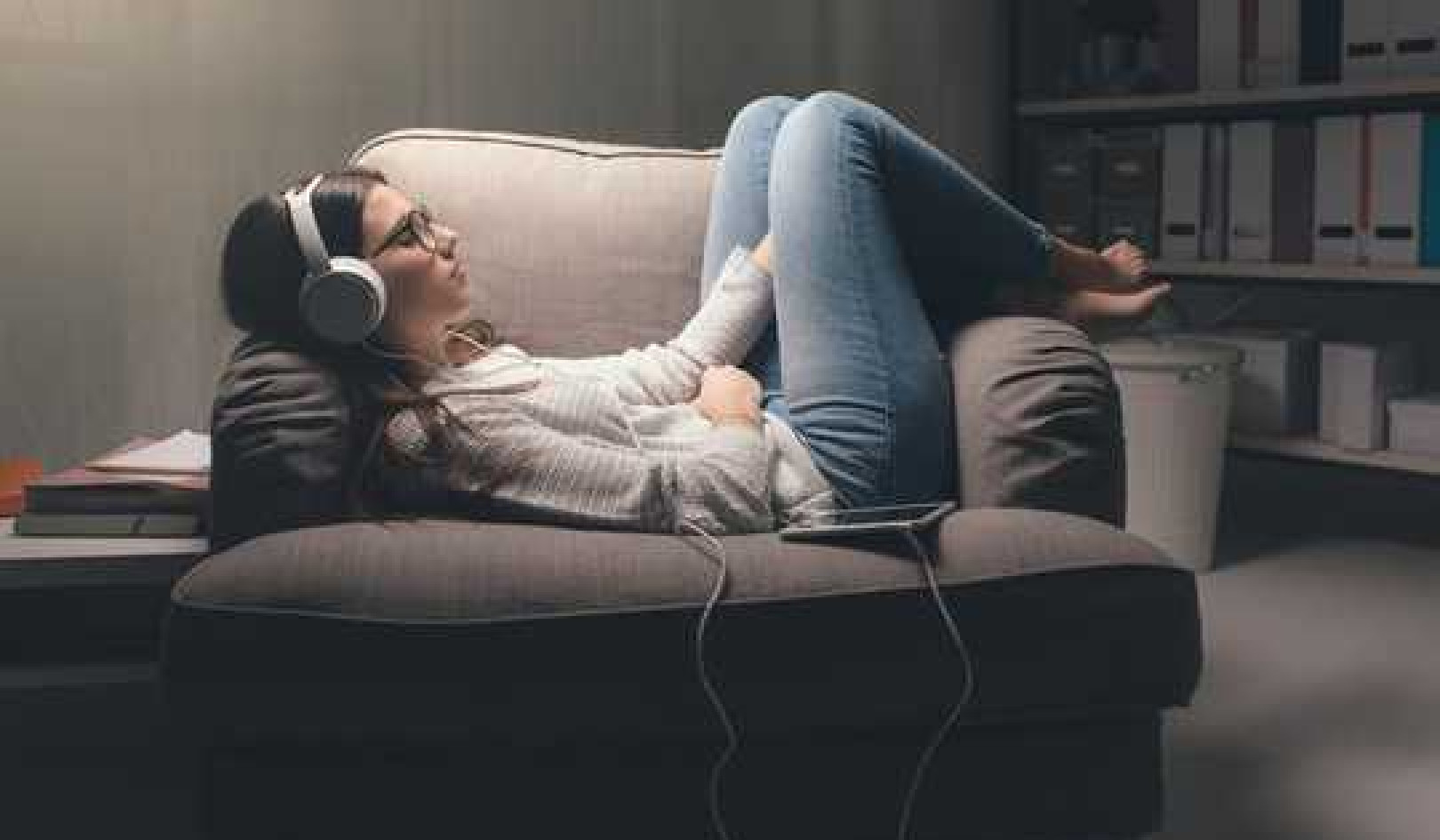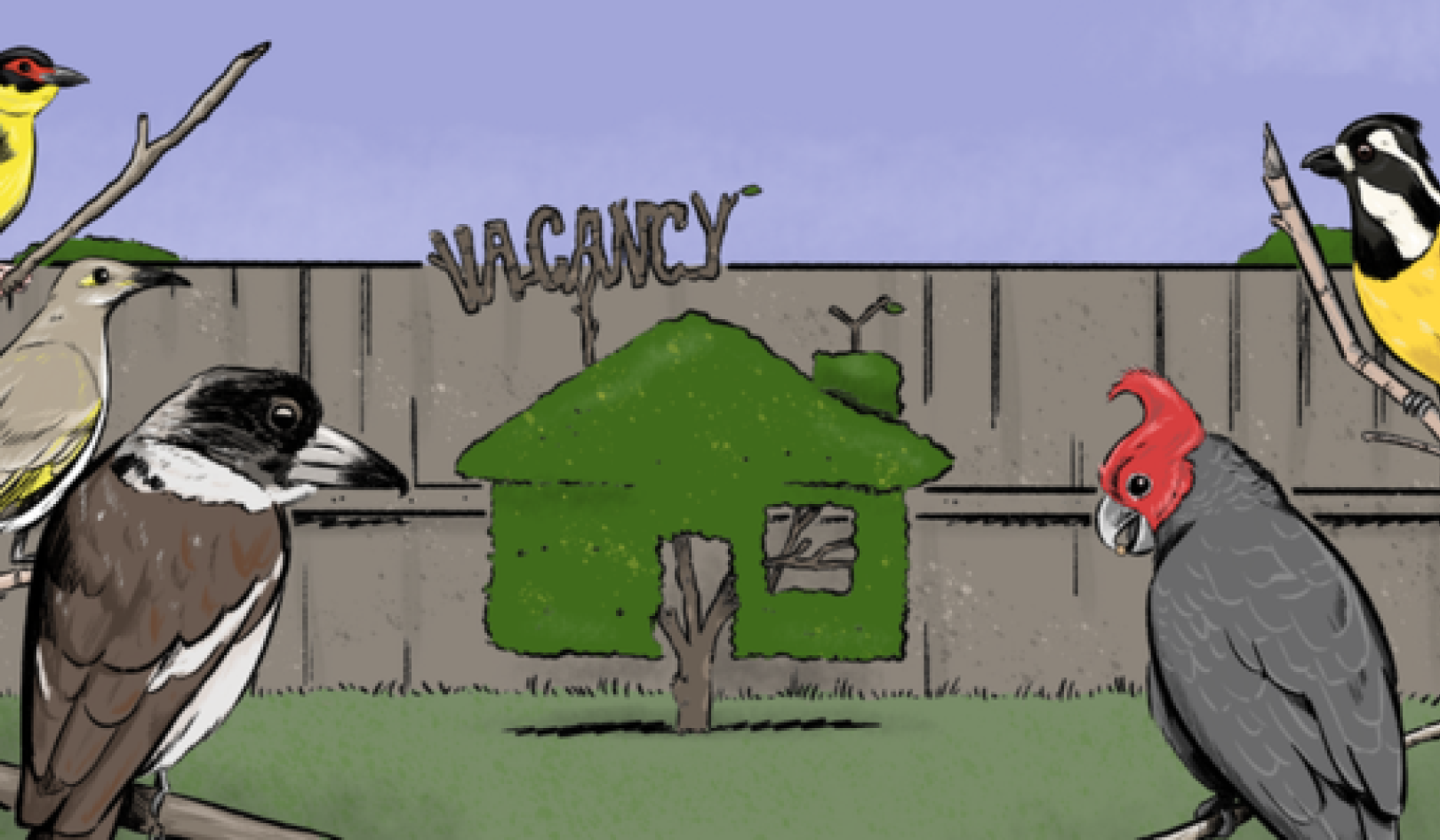
Art Credit: Debra Roby, Vision Board The Future According To...
The artist in the cluttered working studio, the carpenter in the well equipped woodshop, the chef in the within-arms-reach-of-everything kitchen, the dancer in a mirrored hall with polished, spacious floors, the writer seated at his or her simple desk, or a writer like myself seated at a digital command module with a scanner, laser printer, full-page monitor, and several computers within easy reach; all these scenarios and many others invite a way of working for each individual that may encourage the muse to appear, invite inspiration and new understanding, and help incur fresh combinations of form and language.
This is the work of craft: of paying attention to the materials of our work, the technical demands inherent in the process, and the search for the suitable -- the right and true -- sense of form to clothe our ideas. Craft, then, is a means and a process.
Technique Merely Represents The Tools
We should not equate craft solely with the technical requirements of a medium. Technique merely represents the tools, the study of the generating means of our work. Technique alone, without the guiding influence of the mind and heart, is sterile. While it is desirable and undeniably useful to maintain a respect and appreciation for the best tools or elegant solutions, it is important to avoid the common trap of mistaking technical excellence for the soul of creative expression. Picture the virtuoso in any medium, the great performer highly skilled in technical ability but without redeeming substance and true vitality.
Craft must be put into the service of our vision. I relate it to the use of our bodies, minds, and hearts, and extending them through our work with physical materials. It is self-evident: the camera is an extension of the eye, the paintbrush and pen an extension of the hand and arm, the potter's wheel an extension of the centered presence of the human body. And we should not ignore the digital tools that are revolutionizing art and science, commerce and communication. We can apply the same standards to technology.
Computers Are An Extension Of The Brain
Although I initially resisted computers, as soon as I began to work on the keyboard I noticed that it was a very seductive activity, one that touched something in me I could not quite identify. It felt akin to my temperament and my organic energies. Then, in a moment, the realization came: the computer and the action of the silicon chip, with its billions of instructions per second, is a metaphor for and an extension of the human nervous system, the human brain.
It can rightly be said that we are the real medium of our work; we are the instruments of discovery in the creative act. The tools are just that: tools. The manner in which we approach our work is highly revealing and immediately evident to the sensitive viewer; our energies directly transfer into the work itself. When attentively viewing art, listening to music, or eating a meal, we feel a palpable vibration -- we sense the care, passion, or attention in a work; or we perceive sloppiness, disregard, or arrogance. We respect the well-made object or well-performed work, and most of us yearn for a high order of integrity and caring from others in our lives. Do we not wish to embody this care, this quality, in ourselves and in our own way of working?
As we seek the perfection of a craft, or of any activity we engage in, we move closer to our own maturation and perfection. It is nothing other than a form of alchemy: to refine and transform materials is to refine and transform oneself. The process of creativity involves, as one of its highest and best purposes, an exchange and transformation of energies between oneself and an object, and addresses the circulation of energies and forces within ourselves. The work is the measure of the man or woman. We see our states of mind and feeling, our limitations and obstacles, and our potentials and gifts reflected in the work, whether we care to admit it or not.
To Study A Craft Is To Study Ourselves
 In desiring fullness of expression, we are, in reality, seeking inner wholeness. Artists seek to embody their concepts and concerns in their work, but know from experience that their state of being at the moment of creation is crucial to the process and is reflected in the final result. Our bodies, minds, and feelings have certain potentials but also have certain limitations and difficulties. We see these elements of ourselves reflected, moment to moment, in the process of creating.
In desiring fullness of expression, we are, in reality, seeking inner wholeness. Artists seek to embody their concepts and concerns in their work, but know from experience that their state of being at the moment of creation is crucial to the process and is reflected in the final result. Our bodies, minds, and feelings have certain potentials but also have certain limitations and difficulties. We see these elements of ourselves reflected, moment to moment, in the process of creating.
Many artists deeply respect this alchemical process and prepare for visits to the studio with a ritual seriousness. Some prepare by quieting their mind and body, some have regular or highly idiosyncratic habits, and some prefer to structure their lives to allow their studio time to be spontaneous and governed by inner dictates. Some artists work best in the morning, some late at night.
Adhering To Our Individual Quirks
It is rumored that Georgia O'Keeffe liked to paint in the nude in her studio at Lake George during the summer. Natalie Goldberg likes to write in noisy cafes. And Frank Lloyd Wright was known to procrastinate on his drawings until hours before his client was scheduled to arrive.
Each individual should find the working conditions and rhythms that suit their needs and temperament. Ideally these conditions allow for both poles of the spectrum: optimum discipline and good work habits and, at the same time, free experimentation and play. The ultimate aim is to create inner and outer conditions that allow for a free movement of attention; to transcend the ordinary mind and the reactive emotions. A student of mine, a former engineer, once referred to his own conditioning -- which impeded his creativity -- as "the subtle and pervasive tyranny of systematized thought."
Photographer Paul Caponigro views the artistic process of creation as a means of "calling forth a higher consciousness.... Techniques are essential, but their use is in assisting to liberate an attention that is above the intellect. This attention can be kept alive during the entire process, enabling the photographer to make more pertinent decisions and discoveries ... The total process involves both shaping of photo emulsions and the shaping of internal attitudes; and the goal is to keep the techniques in the service of that which is beyond the ego."
Isn't the real question posed by the creative process whether we can work toward liberating an attention that is above the intellect -- a global awareness that embraces thought, feeling, and sensation, and that helps bring us into a deeper relationship with ourselves and the materials? This seems integral to our work. We wish to be present; we wish to call forth our higher nature; and we wish to place the artistic process of creation in the service of that which is beyond the ego.
One of the most beautiful book titles that has ever crossed my path is Jean Giono's The Joy of Man's Desiring. Say these words out loud. Feel their clarity as they roll off your tongue, feel their sheer poetry, their resonant meaning, and what they evoke. The sharp poignancy of our passion and longing. The beauty of human striving. The impeccable ardor of knowing what we truly want, what we aim for, arising from deep within. The force of our wish.
Artists Must Carry Their Vision, Allow It To Swell & Expand
Artists must carry their vision, allow it to swell and expand, let it rise from within, seed their materials, and nurture the growing results of their endeavors, their desiring. Works of art are born, not made. They grow from the living moment. We embrace the fullness of the process by deepening our relationship to the materials at hand as we keep alive our longing. We ask the materials to conform, and shape them according to our intent and desires. They respond with ease or resistance, at different times, depending on the relationship between our wishes and their inherent nature, their possibilities and limitations.
We also listen to the materials. Where do they want to go, where do they want to take us? Each medium contains its own unique language. Our ideas, our themes can be influenced by the materials themselves and by the process. We listen to ourselves, to our evolving response to the work, and relate to the materials in a constant reciprocal unfolding. It goes on -- it is, as we are, in ongoing movement and change. It is life itself.
Reprinted with permission of the publisher, Beyond Words.
©2002. http://www.beyondword.com
Article Source
The Widening Stream: The Seven Stages Of Creativity
by David Ulrich.
 Life itself can be approached as a creative challenge, through the medium of whatever we do on a daily basis, whether it be painting a picture or cooking a meal. In THE WIDENING STREAM, author David Ulrich gracefully illustrates the series of stages encountered on every creative journey, regardless of the form of expression. Using the stream as a metaphor, Ulrich takes readers from the moment of inspiration to completion, helping us navigate the joys and frustrations inherent in the process.
Life itself can be approached as a creative challenge, through the medium of whatever we do on a daily basis, whether it be painting a picture or cooking a meal. In THE WIDENING STREAM, author David Ulrich gracefully illustrates the series of stages encountered on every creative journey, regardless of the form of expression. Using the stream as a metaphor, Ulrich takes readers from the moment of inspiration to completion, helping us navigate the joys and frustrations inherent in the process.
Info/Order this book.
About the Author
 David Ulrich has taught hundreds of classes and workshops on photography, creativity, and visual perception nationwide for over twenty-five years. He has served on the faculty of several universities. As a photographer and writer, his work has been published in numerous books and journals including Aperture, Parabola, Manoa, and Sierra Club publications. David's photographs have been exhibited internationally in one person and group exhibitions, including the Smithsonian Museum in Washington, D.C.
David Ulrich has taught hundreds of classes and workshops on photography, creativity, and visual perception nationwide for over twenty-five years. He has served on the faculty of several universities. As a photographer and writer, his work has been published in numerous books and journals including Aperture, Parabola, Manoa, and Sierra Club publications. David's photographs have been exhibited internationally in one person and group exhibitions, including the Smithsonian Museum in Washington, D.C.


























